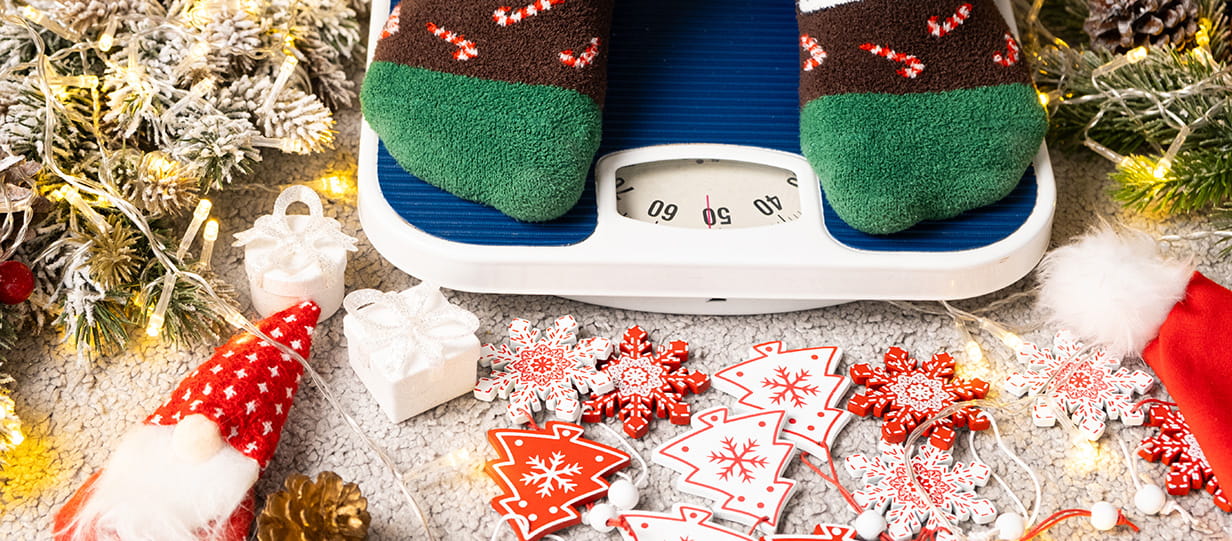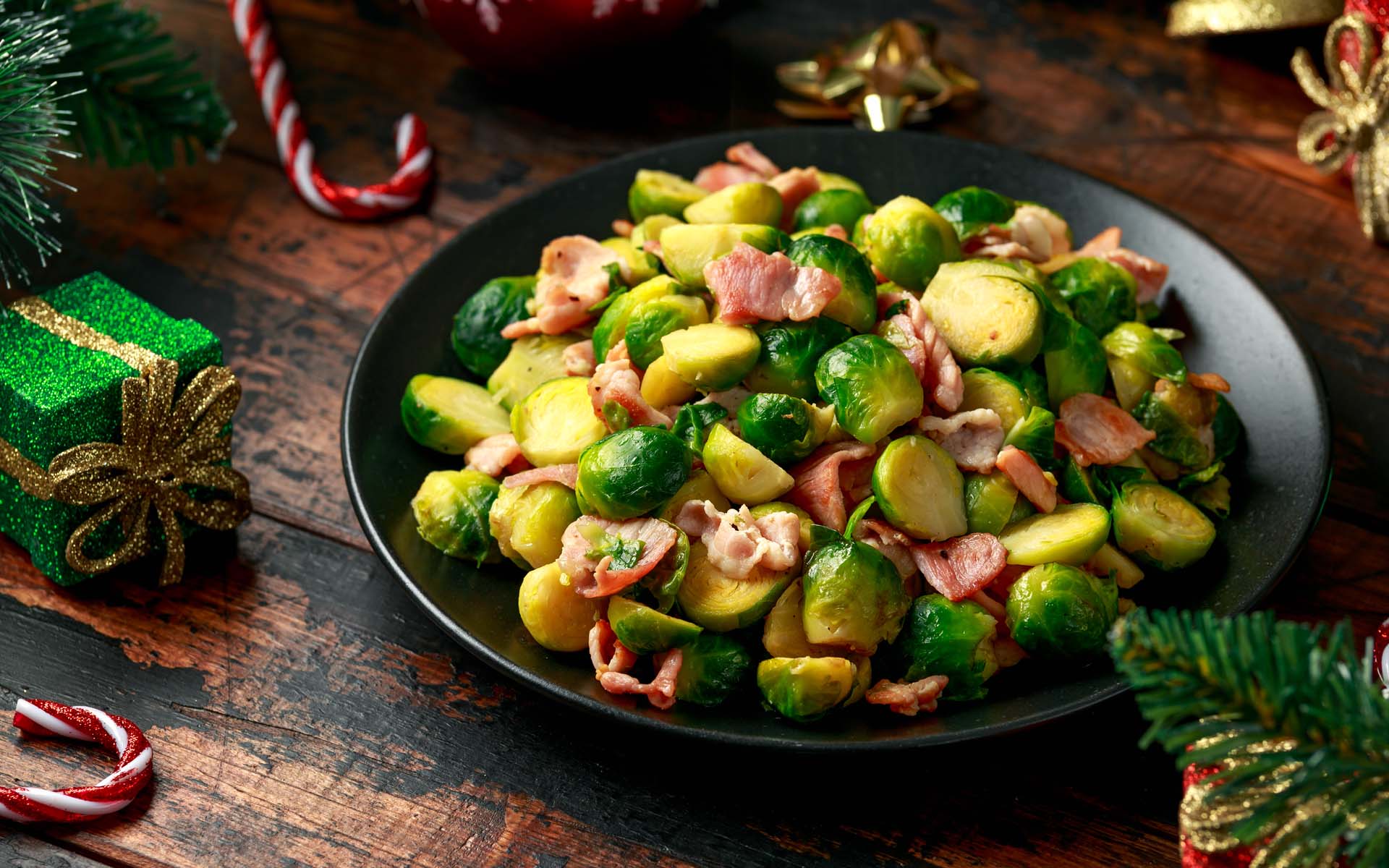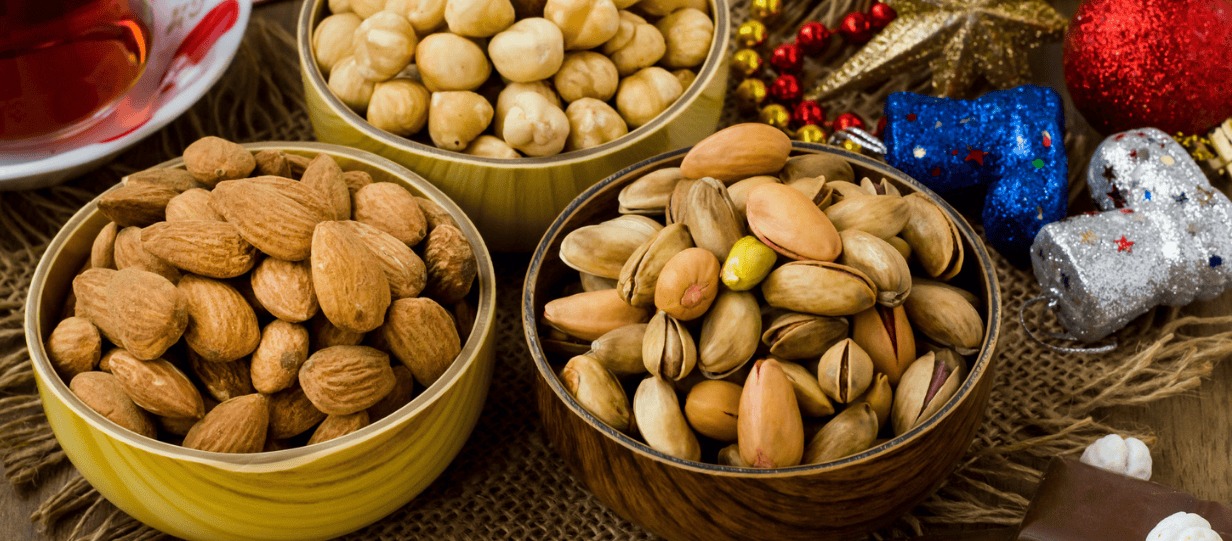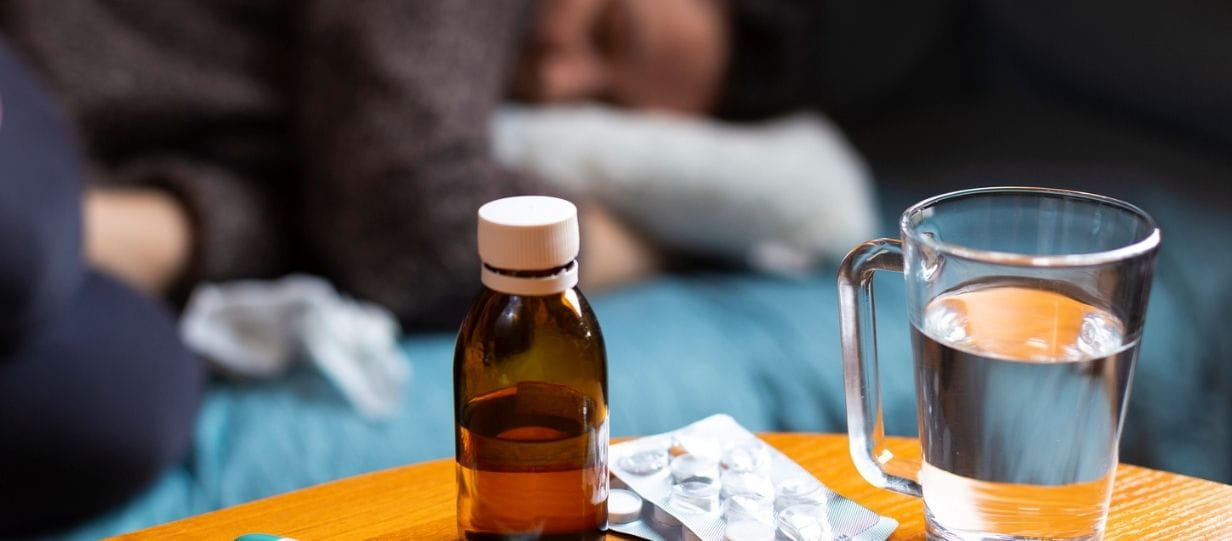Health & Wellbeing
Our experts show you simple and effective ways to stay healthy and active, so you can live your passions every day.

Our 10 best walks for the festive season and new year

How to enjoy Christmas without piling on the pounds
Follow our expert tips to eat healthily and stay fit through the turmoil of the festive party season.

Lonely this Christmas?
The hidden crisis of loneliness among older people at Christmas - and where to get help.

What doctors do to avoid Christmas lurgies, hangovers and burnout
Medical experts share their tips for staying healthy over Christmas.

The surprising health benefits of Brussels sprouts

Which nuts are healthiest? 6 of the best with benefits
Let’s roast the myths! Not only are nuts less fattening than once feared, research shows they can cut the risk of heart disease too.

How to keep well in cold weather with expert tips from a GP
Conquer the cold, not your budget, with these affordable ways to stay warm and healthy this winter.

How champagne could ward off dementia and heart disease

Our 10 best walks for the festive season and new year

How to feel less groggy in the darker mornings
Want to start winter mornings feeling energised? Follow these five simple tips.

Lonely this Christmas?
The hidden crisis of loneliness among older people at Christmas - and where to get help.

Which nuts are healthiest? 6 of the best with benefits
Let’s roast the myths! Not only are nuts less fattening than once feared, research shows they can cut the risk of heart disease too.

Why this year’s flu is so serious for older people – and how to protect yourself

The surprising health benefits of Brussels sprouts

For a limited time, enjoy 3 issues of Saga Magazine for just £1. Receive the next 3 print editions delivered direct to your door, plus 3 months’ unlimited access to the Saga Magazine app—perfect for reading on the go.
Don’t miss your chance to experience award-winning content at an exceptional price.
Play our free daily puzzles
Beat the boredom and exercise your mind with our selection of free puzzles.



